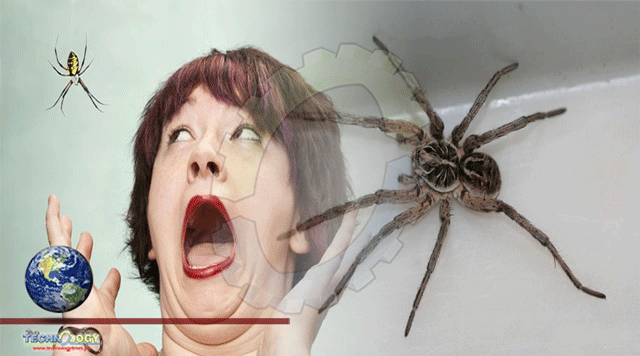Arachnophobia is a fear of arachnids — a group of arthropods that includes spiders, scorpions, ticks and mites. From the Greek word arachne, meaning spider, and phobos, meaning fear, arachnophobia can be a debilitating condition for some.

More than 10 million people in the United States suffer from some kind of phobia, the American Psychological Association reported, and 40% of these phobias are related to creepy-crawly critters like insects, snakes and, of course, spiders.
So why have some people developed such a deep-seated fear of spiders and their eight-legged friends?
“We know many species of spiders are poisonous and bite, and we know this from direct experience, science, biology, TV and seeing other people get bitten,” Dr. Alan Manavitz, a clinical psychiatrist at Lenox Hill Hospital in New York City told Psycom, a mental health website. “Therefore, when we see a spider near us, a natural response is to feel fear and avoid the spider.”
One theory suggests that nurture instead of nature may be to blame. (The 1990 film Arachnophobia certainly didn’t put arachnophobes at ease.) The condition is likely to be more prevalent in the United States than in Cambodia, for instance, where tarantulas and scorpions are considered a delicacy, The Washington Post reported.
Another theory suggests that our fear of the creepy-crawly arachnids may have helped us stay alive long ago. But although most spiders have venom, few actually have fangs large enough to pierce our skin. Of the 35,000 spider species in the world, only a dozen of them pose a risk to humans. Evolutionary psychologists have suggested that our early ancestors may not have been able to tell which spiders’ bite would have rendered harm, leading them to develop a fear of all the spiders. And some research supports this hypothesis.
Originally published by Live Science